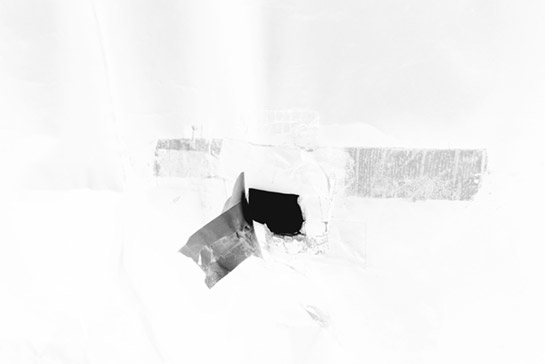Conscientious
Written by Joerg Colberg, Oct. 21, 2012

I initially chose this article because the title caught my attention; one of the things I would like to develop in my photography is the ability to tell stories or evoke emotion through the images I create. In the article Colberg explained that the best way to tell stories through photographs is to visually guide the viewer through either a sequence of events or by displaying a coherence of ideas through both literal and contextual pictures. I also found it interesting that Colberg pointed out that not all the pictures should convey the exact same idea; rather, there should be "images that only function as a breathing space for the viewer." This gives the viewer the flexibility to both follow your story or idea and also form their own connections. I am excited to work on creating more meaningful images as I grow as a photographer and hopefully apply this same idea to my current project.













